Six glorious paintings which perfectly encapsulate the art of the conversation piece
Matthew Dennison celebrates the conversation piece, the intimate Georgian form of portraiture which celebrated families without the usual swagger or posturing.
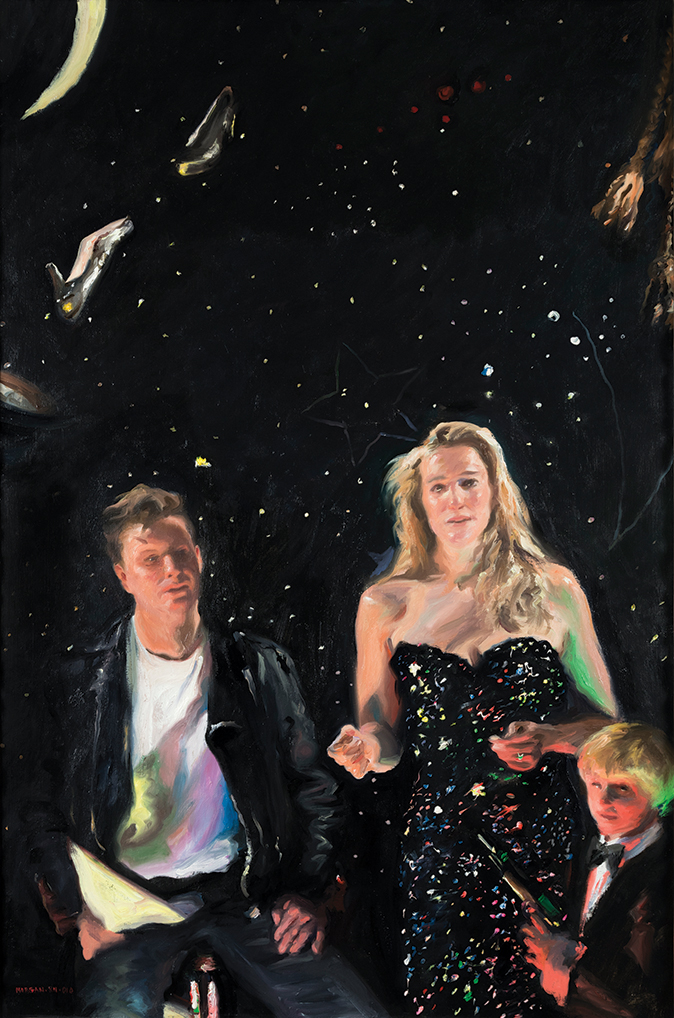

Waspish Horace Walpole reached a characteristic verdict on the paintings of his contemporary Francis Hayman, dismissing them as ‘easily distinguishable by the large noses and shambling legs of his figures’. It was not intended as an endorsement.
Beginning in the second quarter of the 18th century, Hayman became an early British proponent of the conversation piece. A form of group portraiture, usually modest in scale, depicting two or more friends or family members in apparently informal tableaux, the 18th-century conversation piece was esteemed for its decorative qualities as well as its ability to capture likenesses and evidence of the relationships between sitters.
It did not aspire to display defects of the big nose and gangly leg variety. Instead, it celebrated other sorts of display – of talents, possessions, lineage, fecundity, sociability, connoisseurship: all the things likely to appeal to Georgian aristocrats and their imitators.
Without the swagger and heroic posturing of grand portraiture, the conversation piece was often domestic, even intimate: sitters depicted at their ease in their houses and gardens, accompanied by children, dogs, horses and servants, or members of clubs and societies caught off duty in a moment of decorative confraternity.
Here are six conversation pieces which capture that spirit.
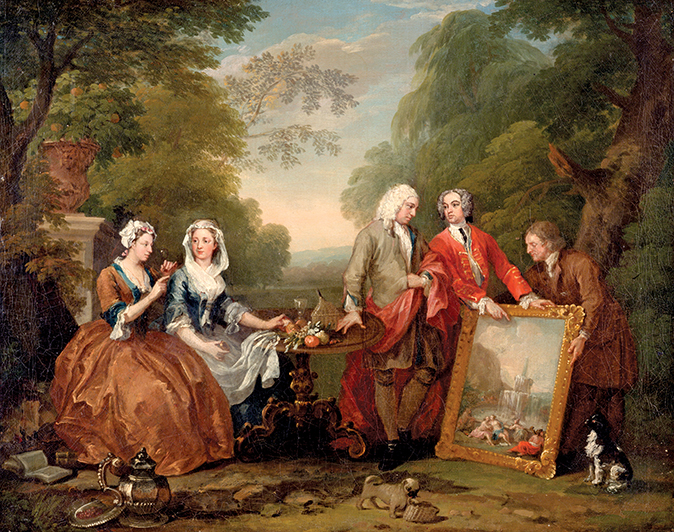
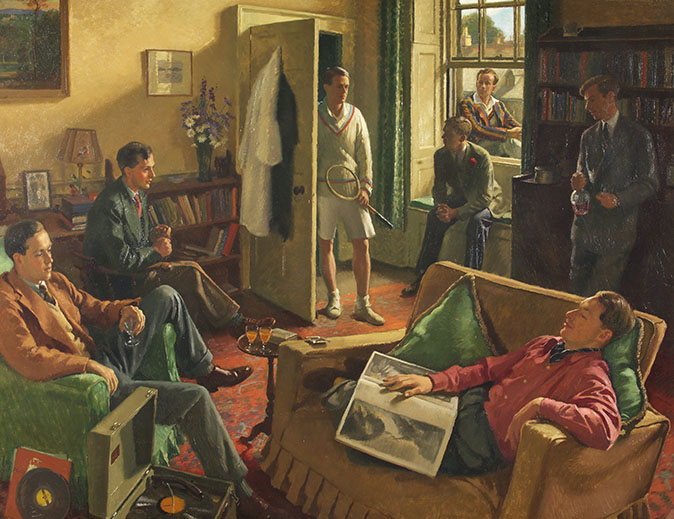
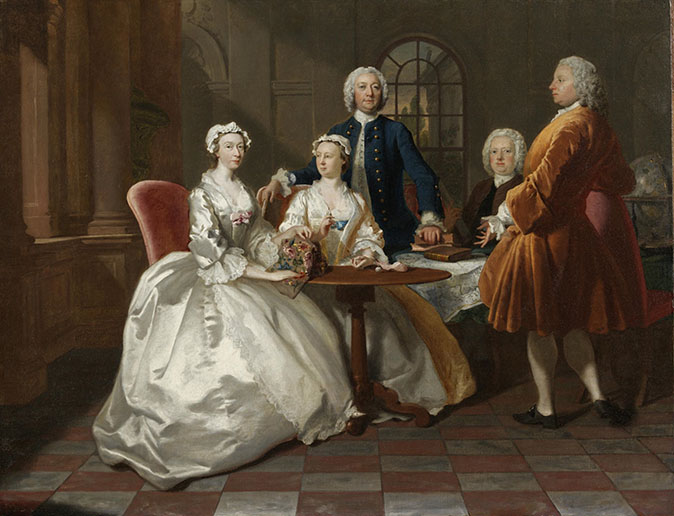
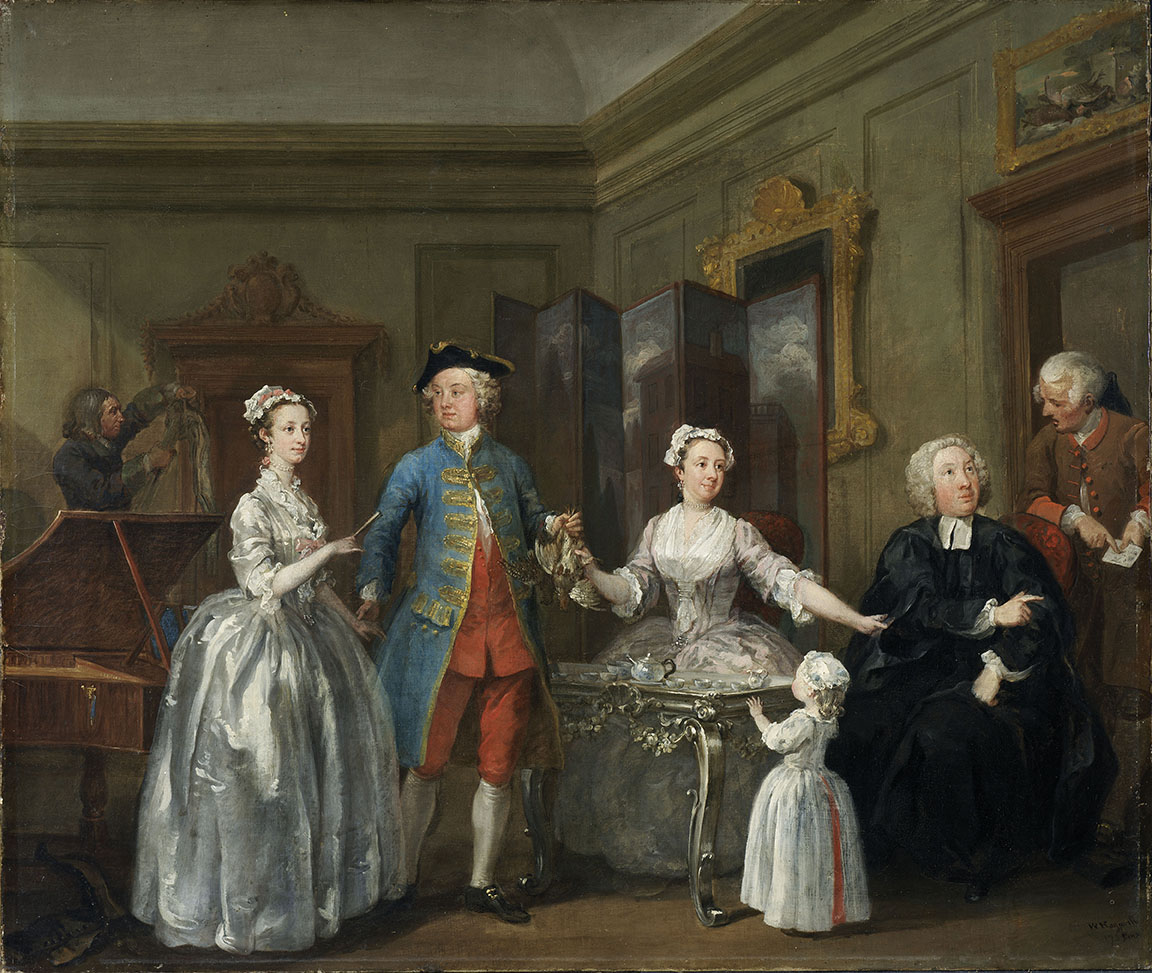
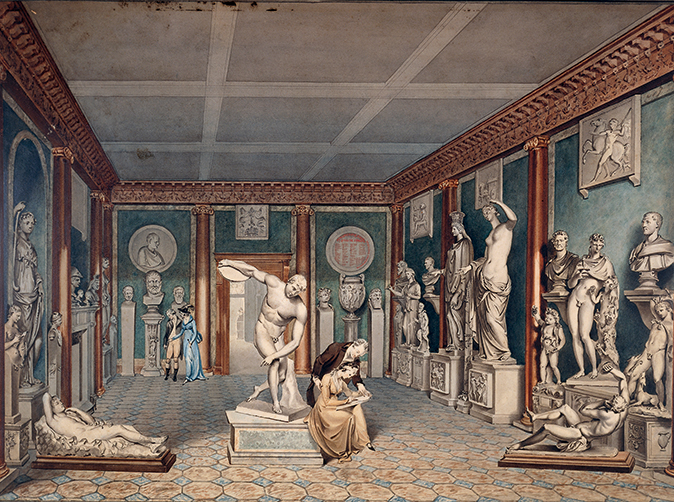
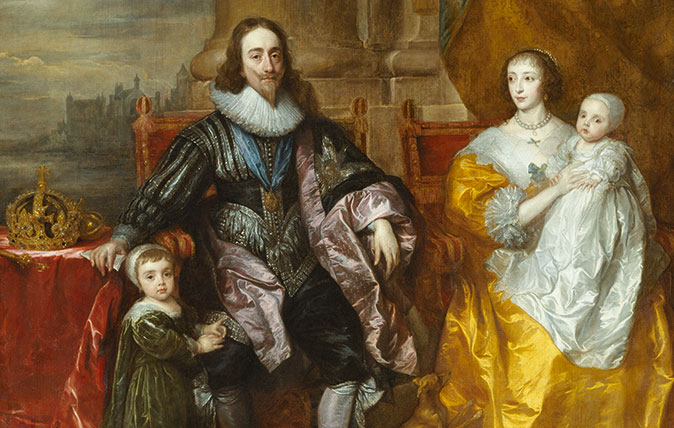
In Focus: The Van Dyck portrait that shows Charles I as monarch, connoisseur and proud father
Lilias Wigan takes a detailed look at Van Dyck's Greate Peece, one of the highlights of the Royal Academy's stunning
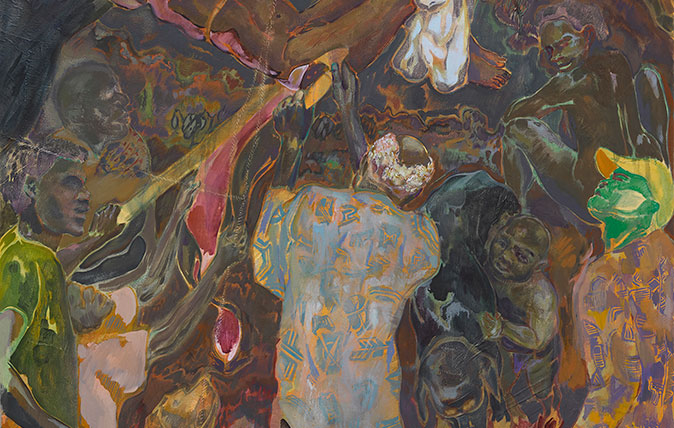
Credit: Michael Armitage, The Flaying of Marsyas, 2017. © Michael Armitage. Photo © White Cube (Ben Westoby). Courtesy of the Artist and White Cube.
Sign up for the Country Life Newsletter
Exquisite houses, the beauty of Nature, and how to get the most from your life, straight to your inbox.
In Focus: Michael Armitage's image of African violence that points the finger back at the western world
Michael Armitage's The Flaying of Marsyas is the centrepiece of his exhibition in South London. Lilias Wigan examines it in
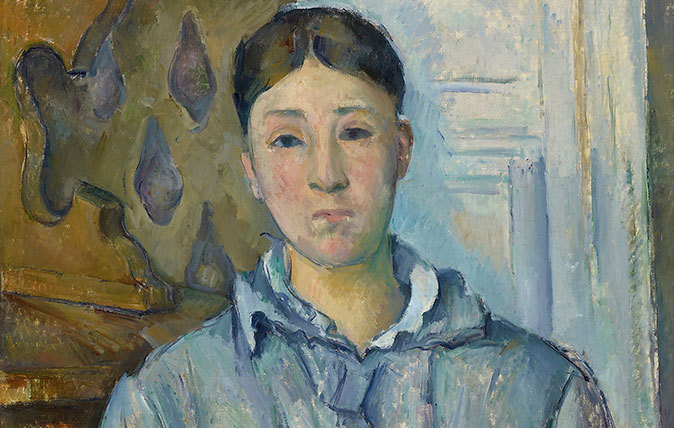
In Focus: Cézanne's brutally honest portrait of his wife, 'weary and dissatisfied', as their relationship was on the rocks
The National Portrait Gallery's exhibition of portraits by Paul Cézanne comes to an end this weekend. Lilias Wigan takes an
Country Life is unlike any other magazine: the only glossy weekly on the newsstand and the only magazine that has been guest-edited by HRH The King not once, but twice. It is a celebration of modern rural life and all its diverse joys and pleasures — that was first published in Queen Victoria's Diamond Jubilee year. Our eclectic mixture of witty and informative content — from the most up-to-date property news and commentary and a coveted glimpse inside some of the UK's best houses and gardens, to gardening, the arts and interior design, written by experts in their field — still cannot be found in print or online, anywhere else.
-
 'Monolithic, multi-layered and quite, quite magnificent. This was love at first bite': Tom Parker Bowles on his lifelong love affair with lasagne
'Monolithic, multi-layered and quite, quite magnificent. This was love at first bite': Tom Parker Bowles on his lifelong love affair with lasagneAn upwardly mobile spaghetti Bolognese, lasagne al forno, with oozing béchamel and layered meaty magnificence, is a bona fide comfort classic, declares Tom Parker Bowles.
By Tom Parker Bowles
-
 Country houses, cream teas and Baywatch: Country Life Quiz of the Day, April 24, 2025
Country houses, cream teas and Baywatch: Country Life Quiz of the Day, April 24, 2025Thursday's Quiz of the Day asks exactly how popular Baywatch became.
By Toby Keel